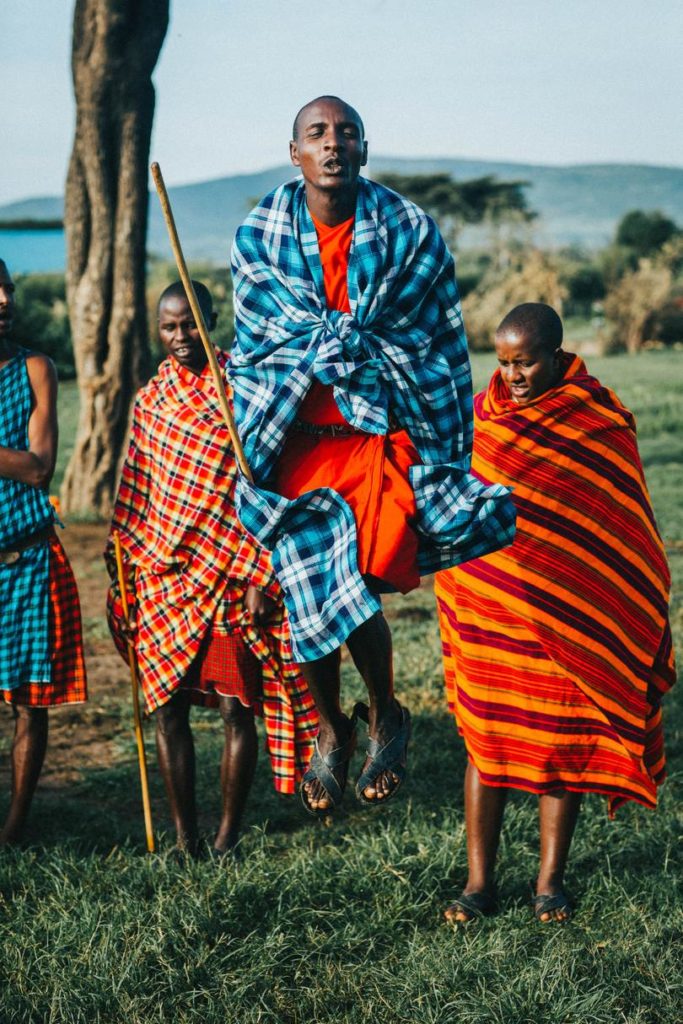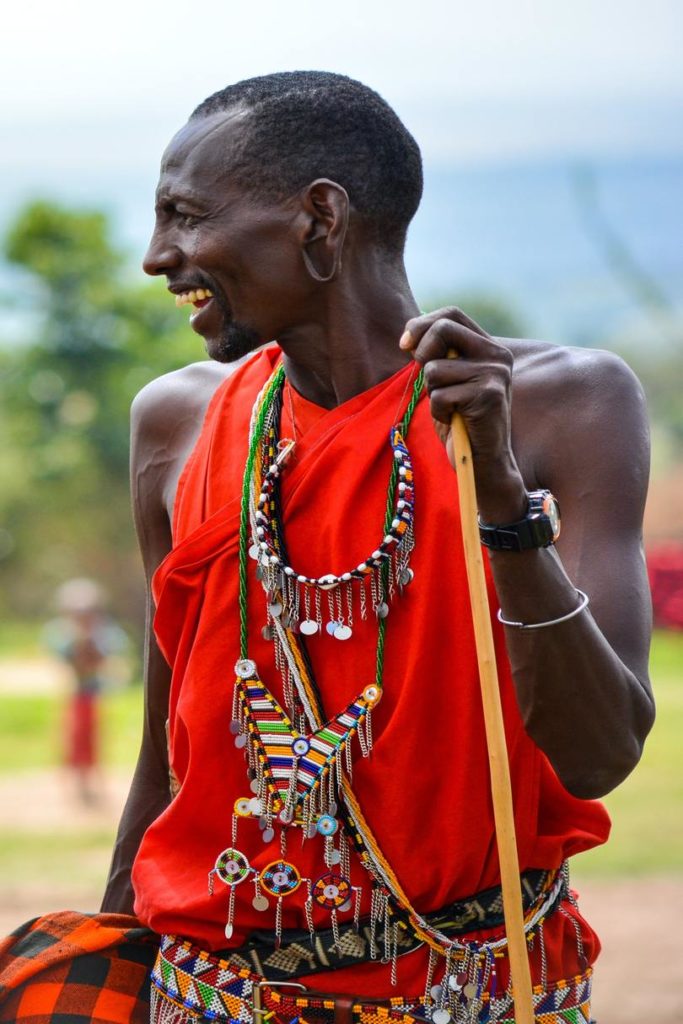Recently updated on August 1st, 2023 at 02:45 pm
From vast savanna’s peppered with wildlife to towering snow-capped mountains and traditional people who bring soul to the earth, Kenya is the ultimate destination for those seeking authentic adventure. A popular destination for African safari enthusiasts, Kenya offers visitors experiences like no other.
Perhaps a highlight for many travellers to Kenya, is the opportunity for a chance encounter with the Maasai Mara, a semi-nomadic tribe whose ancestral territory stretches across Kenya and Tanzania. The tribe are amongst the most well-known of Africa’s ethic groups due to their close proximity to a lot of East Africa’s game reserves, as well as their distinctive, bright clothing and traditional jumping dance.
In a world that has become fast-obsessed with modernisation and urbanisation, the Maasai’s persistence in the upkeep of their traditional culture offers a refreshing perspective on life.
While there are many communities that lie within and/or near the bounds of popular safari preserves, the Maasai have a rich culture that long predates the existence of safari travel. Below, we’ve listed some especially interesting aspects of their culture.
THE JUMPING DANCE


Among the many lively singing and dancing ceremonies that are practiced by the Maasai Mara, the best known is undoubtedly the jumping dance, or adamu. In this ritual (known as the eunoto ceremony, where boys transition to men), young Maasai men gather in a semicircle and jump straight up and down, as high as they can. The higher the man jumps, the more of an eligible bachelor he is.
THE LANGUAGE OF THE MAASAI MARA
The Maasai are named after their language, Maa. Maasai literally translates to ‘one who speaks the Maa language’.
Nurturing a strong oral tradition, the Maa language is mostly a spoken language. However, there is a Maasai dictionary and the Bible has also been translated into Maasai.
RELATED CONTENT: In Conversation with: Dedan, a Maasai Safari Guide for Trafalgar
THE SIGNIFICANCE OF CATTLE
Maasai culture is centred around the belief that God (known as Engai or Enkai in Maa language) created cattle for them. In fact, there is a Maasai prayer ‘Meishoo iyiook enkai inkishu o-nkera’ which translates to ‘May God give us cattle and children’.
The Maasai use cattle as a way to bring families and clans together, as well as providing them as their primary income source. Consuming the meat and milk of cattle is considered a sacred act, that binds them closer to God. In fact, when consuming for diet, all of the cow is used – the blood of cattle is given to women who have given birth, recently circumcised men and the sick.
LION HUNTING
Traditionally, it was considered a right of passage for young Maasai men to embark on solo lion hunting journeys. Using only their iron spears, men would hunt male lions in an initiation rite known as ala-mayo, in a display of courage and strength.
However, due to lion-hunting now being outlawed in East Africa, the Maasai no longer kill lions unless they are threatening the tribe’s livestock.
TRADITIONAL DRESS


In addition to the famous Jumping Dance, the other well-known features of the Maasai Mara people are their bright, colourful clothing. The iconic garment, which is known as the shuka is made up of thick, woven cotton blankets. Usually, the blanket is a bright red and is wrapped around the body, with multiple pieces of jewellery worn over the top.
However, iconic as it may be, the red blanket dress wasn’t introduced until the 1960’s – prior to then, the tribespeople work clothing made of animal skin.
Have you ever been to Kenya and encountered the Maasai Mara people? Or, are you planning on visiting Kenya and Maasai Mara National Park in the near future? Let us know in the comments below! And, be sure to jump on our website and look at how you can travel to Kenya with Trafalgar.